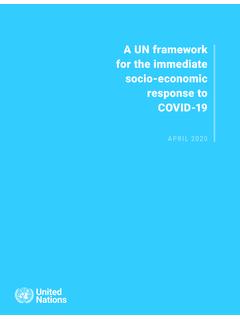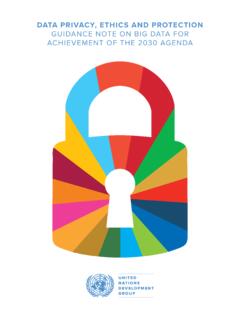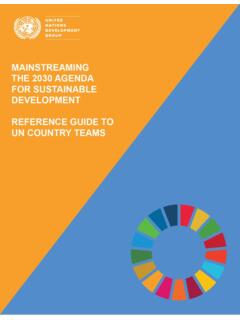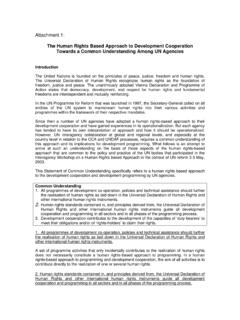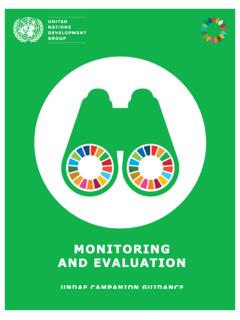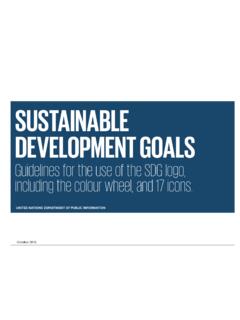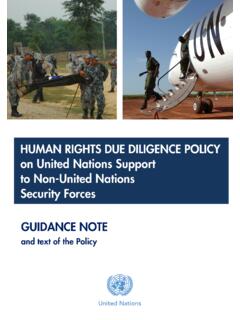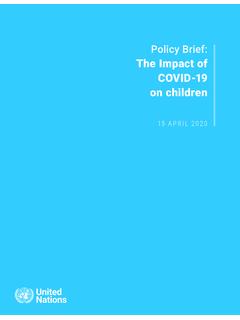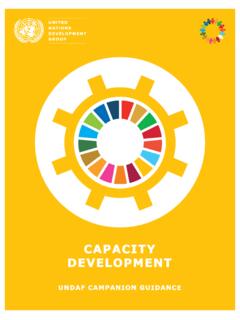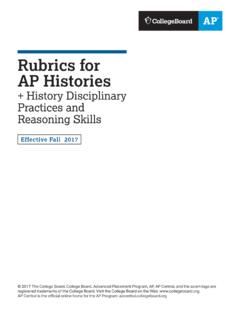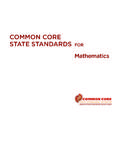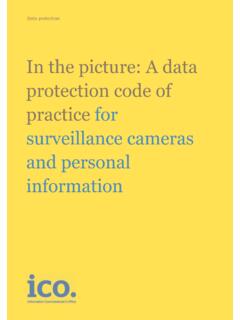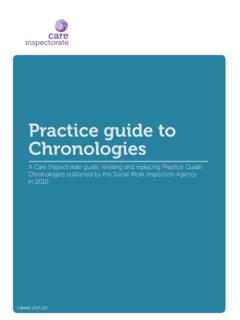Transcription of THEORY OF CHANGE - United Nations
1 1 ! UNDAF COMPANION GUIDANCE: THEORY OF CHANGE THEORY OF CHANGE UNDAF CAMPANION GUIDANCE 2 ! UNDAF COMPANION GUIDANCE: THEORY OF CHANGE 1. INTRODUCTION .. 3 2. THE CONCEPT .. 4 What is a THEORY of CHANGE ? .. 4 Purpose: Why use a THEORY of CHANGE ? .. 4 Methodology: How to develop a THEORY of CHANGE ? .. 4 Key principles for developing a THEORY of CHANGE .. 5 Key steps for developing a THEORY of CHANGE .. 5 3. MOVING FROM THEORY TO PRACTICE .. 6 Step 1: Focus .. 7 Step 2: CHANGE analysis .. 6 Step 3: Make assumptions and risks explicit .. 8 Step 4: Identify partners and key actors.
2 9 4. LESSONES LEARNED, TIPS AND GOOD PRACTICE FROM REAL COUNTRY EXAMPLES .. 10 Validate and quality assure the THEORY of CHANGE .. 7 Applying a THEORY of CHANGE to the UNDAF process .. 11 5. TOOLS AND RESOURCES .. 14 TABLE OF CONTENTS 3 ! UNDAF COMPANION GUIDANCE: THEORY OF CHANGE The purpose of this companion guidance is to provide practical and hands-on technical guidance on developing a THEORY of CHANGE as an integral part of the United Nations Development Assistance Framework (UNDAF) process. It should be read as a complement to the 2017 UNDAF Guidance and relates closely to the other seven companion guidance papers on programming principles, the UN Vision 2030, the Common Country Analysis (CCA), communications and advocacy, capacity development, monitoring and evaluation, and funding to financing.
3 A THEORY of CHANGE is a method that explains how a given intervention, or set of interventions, are expected to lead to a specific development CHANGE , drawing on a causal analysis based on available evidence. In the UNDAF context, a thorough THEORY of CHANGE helps guide the development of sound and evidence-based programme strategies, with assumptions and risks clearly analysed and spelled out. To facilitate the process of developing a sound THEORY of CHANGE , the present companion guidance proceeds as follows: Section 2, The Concept, further defines the THEORY of CHANGE and explains its purpose as applied to the UNDAF process.
4 It also offers a brief outline of the methodology used to develop a THEORY of CHANGE . Section 3, Moving from THEORY to Practice, provides a step-by-step methodology, presenting in greater detail each of four key steps required in the process. Section 4, Lessons Learned and Tips, emphasizes the need to validate the THEORY of CHANGE , including a quality assurance check list. It also explains how to reflect the THEORY of CHANGE in different sections of the UNDAF document. Finally, links to helpful tools and references are provided in Section 5. 1. INTRODUCTION 4 ! UNDAF COMPANION GUIDANCE: THEORY OF CHANGE WHAT IS A THEORY OF CHANGE ?
5 A THEORY of CHANGE is a method that explains how a given intervention, or set of interventions, is expected to lead to specific development CHANGE , drawing on a causal analysis based on available evidence. A THEORY of CHANGE for the UNDAF must be driven by sound analyses, consultation with key stakeholders and learning on what works and what does not in diverse contexts drawn from the experiences of the UN and its partners. A THEORY of CHANGE helps to identify solutions to effectively address the causes of problems that hinder progress and guide decisions on which approach should be taken, considering UN comparative advantages, effectiveness, feasibility and uncertainties that are part of any CHANGE process.
6 A THEORY of CHANGE also helps to identify the underlying assumptions and risks that will be vital to understand and revisit throughout the process to ensure the approach will contribute to the desired CHANGE . PURPOSE: WHY USE A THEORY OF CHANGE ? First, development challenges are complex, and are typically caused by many factors and layers that are embedded deeply in the way society functions. For example, opening a legal aid clinic may not lead to more women accessing justice services unless issues of cultural sensitivities, needed legal reforms and childcare constraints are addressed as well.
7 A THEORY of CHANGE can help a United Nations Country Team (UNCT) systematically think through the many underlying and root causes of development challenges, and how they influence each other, when determining what an UNDAF should address as a priority to maximize the UN s contribution to achieving development CHANGE . Second, a THEORY of CHANGE provides a framework for learning both within and between programming cycles. By articulating the causes of a development challenge, making assumptions explicit on how the proposed strategy is expected to yield results, and testing these assumptions against evidence including what has worked well, or not, in the past the THEORY of CHANGE helps ensure a sound logic for achieving CHANGE .
8 The THEORY of CHANGE also helps make course corrections if the selected approach is not working or if anticipated risks materialize. New learning and lessons from monitoring and evaluation help refine assumptions and inform decisions on how an approach should be adapted to deliver planned results. Adjustments to the THEORY of CHANGE should also be made in light of changing circumstances, especially in response to crisis and shocks, as well as part of regular monitoring. Third, the THEORY of CHANGE is increasingly being utilized as a means for developing and managing partnerships and partnership strategies.
9 The process of agreeing on a THEORY of CHANGE establishes different views and assumptions among programme planners, beneficiaries, donors, programme staff, etc. It can foster consensus and motivate stakeholders by involving them early in the planning process and by showing them how their work contributes to long-term impact. It can help others to understand and support the UN s contribution to CHANGE , as well as strengthen collaboration with other organizations that aim to contribute to the same outcomes, leading to stronger or new partnerships and better complementarity and coordination.
10 Finally, a common THEORY of CHANGE for an UNDAF is the basis for more effective and unified communication by the UNCT by clearly articulating its shared vision and strategy for how CHANGE can happen. A THEORY of CHANGE diagram or short text is a neat and succinct way to summarize the purpose of the UN s work and communicate it to beneficiaries, stakeholders, donors, governments and other partners. It emphasizes real CHANGE to counterbalance discussions focused solely on resources, activities and outputs of different members of the UNCT. METHODOLOGY: HOW TO DEVELOP A THEORY OF CHANGE ?
